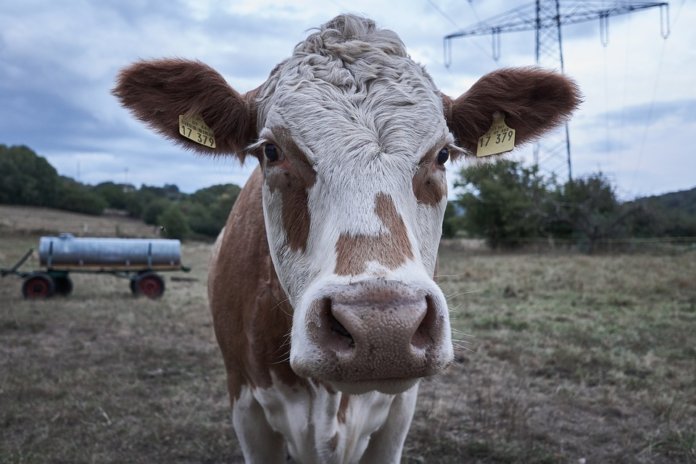During calendar year 2018, 32% of all on-road fuel used in natural gas vehicles was renewable natural gas (RNG), according to a new report from Natural Gas Vehicles for America (NGVAmerica) and the Coalition for Renewable Natural Gas (RNG Coalition).
Captured above ground from organic material in agricultural, wastewater, landfill or food waste, RNG – or biomethane – produces net-carbon-neutral and even net-carbon-negative results when fueling on-road vehicles. According to the groups, which cite the California Air Resources Board, RNG fuel in 2018 had an Energy Economy Ratio (EER)-adjusted carbon intensity as low as -303.30. By comparison, California’s electricity grid rated between 25.0 and 38.95.
Over the last five years, RNG use as a transportation fuel has increased 577%, displacing over 7 million tons of carbon dioxide equivalent (CO2e), according to the report.

NGVAmerica and the RNG Coalition add that in 2018, a total of 645 million gasoline gallon equivalents (GGEs) of natural gas were used as a motor fuel; of that, more than 204 million GGEs were renewable.
“Proven and affordable natural gas vehicle technology is over 90 percent cleaner than federal EPA nitrogen oxide emission standards,” says Dan Gage, president of NGVAmerica. “And when those American-made heavy-duty trucks and buses are fueled with renewable natural gas, they are up to 125 percent cleaner than the cleanest diesel technology in terms of carbon emissions. RNG-fueled vehicles are the most immediate and cost-effective heavy-duty option when seeking to combat climate change.”
According to the report, RNG motor fuel use has eliminated 7,251,351 metric tons of CO2e over the last five years. The groups lay out the following numbers to put that figure in perspective:
- Lowered greenhouse-gas (GHG) emissions equivalent to removing 1,539,565 gasoline passenger cars from the roads for one year;
- Reduced CO2 emissions equivalent to 815,950,377 gallons of gasoline or 712,313,458 gallons of diesel consumed. That’s equal to the total energy used by 868,321 U.S. homes for one year;
- Avoided GHG emissions equivalent to running 1,537 wind turbines for one year or replacing 275,434,003 traditional light bulbs with LEDs; and
- Sequestered carbon equal to growing 119,902,624 tree seedlings for 10 years or 8,534,274 acres of U.S. forests for one year.
“The environmental advantages of using renewable natural gas to replace fossil fuels in on-road transportation have driven substantial growth in development and investment in new RNG production across the U.S.,” adds Johannes Escudero, CEO of the RNG Coalition. “The number of North American RNG production facilities has multiplied more than two-and-a-half times in the past five years to almost 100 today, while RNG fuel use has increased nearly six-fold.”







Very interesting article about RNG—the future fuel for transportation. It will replace all engines that presently run on diesel. As the article states, the positive environmental effect of RNG as a carbon negative, near zero emission fuel are unrivaled by any other transportation fuel. An electric engine is truly “zero emission,” however the production of electricity is far from “environmentally friendly,” especially when you consider coal burning power plants. Our present electric grid has problems with “brown outs” in the summer simply due to air conditioning. That same electric grid is now going to power all transportation? Doubtful. In addition,… Read more »